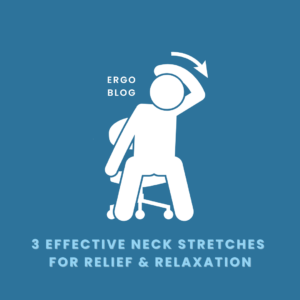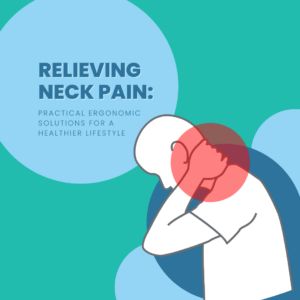Updated: May 23, 2025
The Importance of Pelvic Position: Sitting and Standing
The pelvis plays a crucial role in our posture, affecting both sitting and standing positions. Its alignment directly impacts the spine’s curvature and the positioning of internal organs, influencing overall comfort, efficiency, and even long-term health. Here’s a breakdown of why pelvic position matters and what happens with common tilts:
Sitting Position:
In sitting, the pelvis supports the spine’s natural curves and stabilizes the body. An optimal sitting posture involves:
- Neutral Pelvic Position: The pelvis is balanced, neither tilted forward nor backward.
- Spinal Alignment: Maintains the natural S-shaped curve of the spine, supporting the lower back (lumbar), mid-back (thoracic), and neck (cervical) regions. If your current office chair is not providing as much lumbar support as you would like, try adding a low-profile lumbar support cushion such as this one or this one.
- Organ Function: Allows organs to rest in their natural positions, promoting digestion and circulation.
Anterior Pelvic Tilt (Forward Tilt):
- Effects on Spine: Increases the curve of the lower back (lumbar lordosis), potentially leading to low back pain and muscle tension.
- Organ Compression: Can compress abdominal organs, affecting digestion and pelvic floor function.
Posterior Pelvic Tilt (Backward Tilt):
- Effects on Spine: Flattens the natural curve of the lower back, potentially causing stiffness and discomfort.
- Organ Positioning: May alter organ positioning, impacting their function and potentially causing discomfort.
Standing Position:
Standing with proper pelvic alignment supports the body’s weight efficiently and reduces strain on muscles and joints. Key points include:
- Balanced Pelvis: Maintains the spine’s natural alignment from the neck to the lower back.
- Even Weight Distribution: Helps distribute body weight evenly through the feet, reducing strain on joints and muscles.
- Core Engagement: Supports core muscles, enhancing stability and posture.
Anterior and Posterior Pelvic Tilt:
In standing, these tilts similarly affect spinal alignment and muscle engagement as in sitting, though the effects are more pronounced due to gravity’s direct impact on body weight distribution.
Understanding and maintaining proper pelvic alignment is crucial for overall musculoskeletal health and comfort, whether sitting or standing. By promoting a neutral pelvis, individuals can alleviate strain on the spine, optimize organ function, and enhance overall well-being. Awareness of pelvic position and its impact empowers individuals to make informed choices that support long-term health and comfort in daily activities.
By prioritizing pelvic alignment, we can foster healthier habits that contribute to improved posture, reduced discomfort, and enhanced quality of life.
Check out our YouTube video below for a visual representation of the blog!



